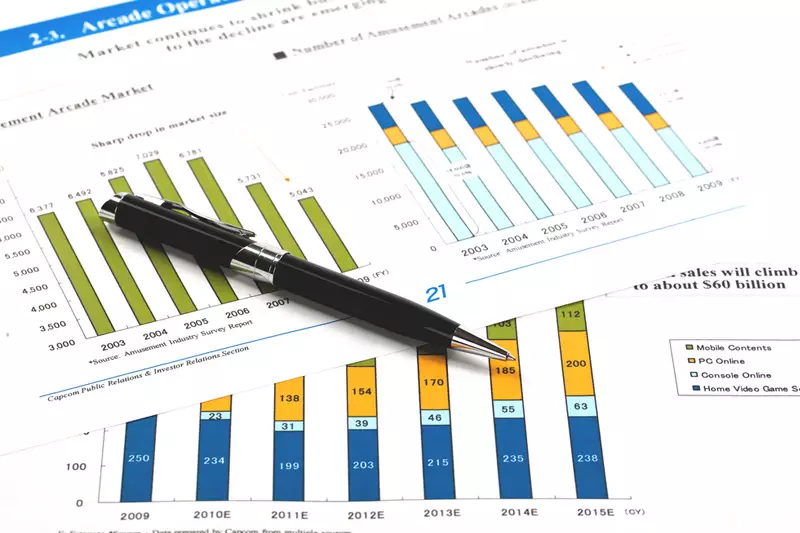In the volatile world of foreign exchange, the U.S. dollar experienced a notable rise following a mixed jobs report released on Friday. This report, which indicated a slight increase in unemployment alongside modest job growth, initially prompted a wave of dollar selling. However, the currency recovered from a three-week low against the euro, ending the session at $1.0561. This shift marked a reversal of fortunes for the greenback, which had recently faced headwinds due to uncertain economic signals. The euro, having recorded a loss of 0.2% for the week, has struggled in four of the past five weeks, reflecting broader trends affecting the European economy.
The U.S. dollar’s resilience extended against the Japanese yen as well. After dipping to lower levels earlier in the session, the dollar stabilized around 150 yen, wrapping up the week with a 0.2% gain against its Japanese counterpart. Analysts suggest that despite these fluctuations, the dollar remains under pressure, with expectations of a potential rate cut by the Federal Reserve looming on the horizon.
The labor market data reveals emerging complexities that affect the currency landscape. The unemployment rate ticked up to 4.2%, a slight rise from 4.1%, which had persisted for two months. This shift is more than statistical—it’s indicative of underlying weaknesses in household employment trends. A significant drop of 355,000 jobs in the volatile household survey adds a concerning dimension to the economic picture. Surprisingly, despite the weaker household indicators, nonfarm payrolls reported an increase of 227,000 jobs in the same month, which indicated a degree of resilience that surprised economists.
Economists had anticipated a stronger performance from the job market, with forecasts suggesting an addition of around 200,000 jobs. However, with average monthly job gains now hovering just below 150,000, many analysts are left wondering if these figures can support a growing population adequately and what this means for future Federal Reserve policy.
Consumer Sentiment and Dollar Dynamics
Adding more nuance to this narrative, the University of Michigan’s Surveys for December revealed consumer sentiment improving more than analysts expected, with one-year inflation expectations rising to 2.9% from 2.6%. This data point played a critical role in bolstering the dollar’s standing in the afternoon trading session, pushing the dollar index up by 0.3% to 106. In a global context, the performance of the U.S. dollar against other currencies, like the Swiss franc and South Korean won, underscores a complex interplay of domestic economic indicators and international dynamics.
The current rate futures market suggests an 85% likelihood that the Federal Reserve will opt for a 25 basis point interest rate cut at their forthcoming meeting, a jump from 70% prior to the release of labor data. This swift recalibration of expectations highlights how sensitive market participants are to contemporary economic indicators and forecasts.
As we move closer to the next Federal Reserve meeting, attention now turns to pending inflation data that may further shape market expectations. Next week’s Consumer Price Index (CPI) report will be crucial—economists generally forecast a 0.3% rise. The prevailing sentiment is that if inflation numbers show a significant increase beyond that expectation, the likelihood of rate cuts might shift dramatically. Analysts emphasize that the upcoming CPI will be a definitive factor in determining the Fed’s trajectory, with some suggesting that a cautious approach may be necessary to navigate the current economic landscape.
Moreover, global events continue to impact the dollar’s performance. In Asia, news from South Korea regarding potential political instability has also buoyed the dollar, adding another layer to its valuation against local currencies. Meanwhile, the Chinese yuan remains under pressure, facing its tenth consecutive weekly loss as trade tensions and economic uncertainties linger, particularly in light of new tariffs proposed by the incoming U.S. administration.
The fluctuations of the U.S. dollar highlight the ongoing uncertainty and complexity inherent in global markets. As economic signals fluctuate, the delicate balance between growth, employment, and inflation continues to shape monetary policy discussions. The forthcoming days are set to be pivotal, and market participants are advised to stay vigilant as they navigate the uncertainties that lie ahead. The interplay of data, especially regarding employment and inflation, will significantly guide Federal Reserve policy and, subsequently, the trajectory of the U.S. dollar in the latter part of the year and beyond.


Leave a Reply